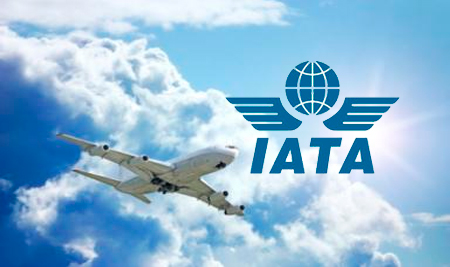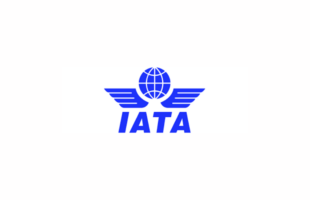
Overall airline financial performance continues to improve strongly according to initial Q2 financial data from the International Air Transport Association (IATA). A sample of 25 airlines shows that the industry financial performance improved significantly on the year ago period at the operating and net profit level.
The increase was driven by North American airlines, where consolidation and lower fuel costs have resulted in a significant boost to profitability. Airlines in Asia Pacific and Europe are also showing gains on a year ago, supported by cost cutting measures as well as easing fuel cost pressure.
Air freight volumes fell by 0.4 per cent in June compared to May, further entrenching the weakness that has been developing in 2015, IATA said. Air freight performance is consistent with a trend change in world trade, particularly in emerging Asia, were trade has been in notable decline throughout much of H1 2015, IATA added.
Air freight capacity declined in June compared to May, responding to the weakness in demand. Slower growth in capacity might help prevent a further decline in load factors, which have been falling since Q1 2015, IATA said.
Cargo load factors remained unchanged in June compared to May. The fall in volumes was matched by a cut in capacity, but air freight load factors are the lowest they have been since mid-2009, on a seasonally adjusted basis.
But the ongoing growth in passenger fleets is adding incremental belly capacity with a significant increase in new aircraft deliveries to the passenger operating fleet in June (152), compared to May (122). This increase offset the net rise in storage activity. In June there were 78 aircraft leaving storage compared to 97 in May. Only 3 more aircraft came out of storage in June (124) compared to May (121).
Carriers in all regions experienced capacity expansion, except for Asia Pacific, where growth in demand was weaker compared to May. July saw a further decline in oil prices, by five per cent compared to June. Crude oil prices are now US$53/bbl, or 54 per cent down on the 2014 mid-year high. The recent weakness reflects expectations of supply increases from Iran and the US.






